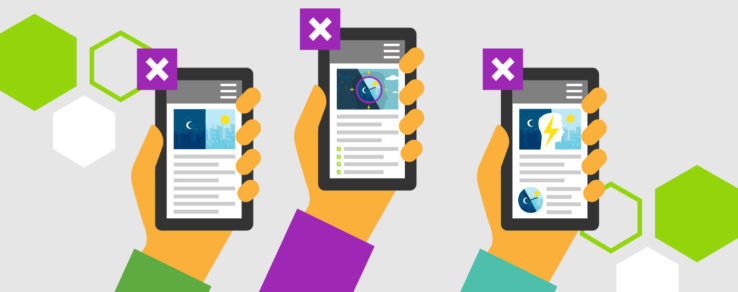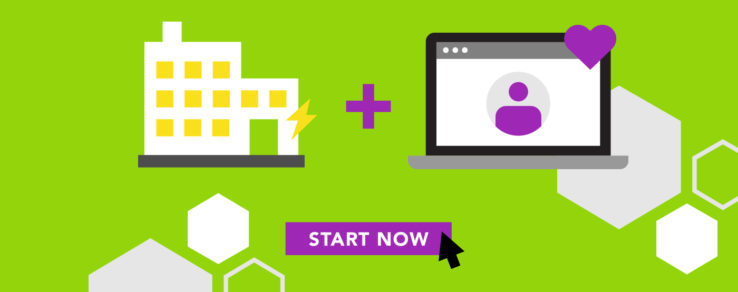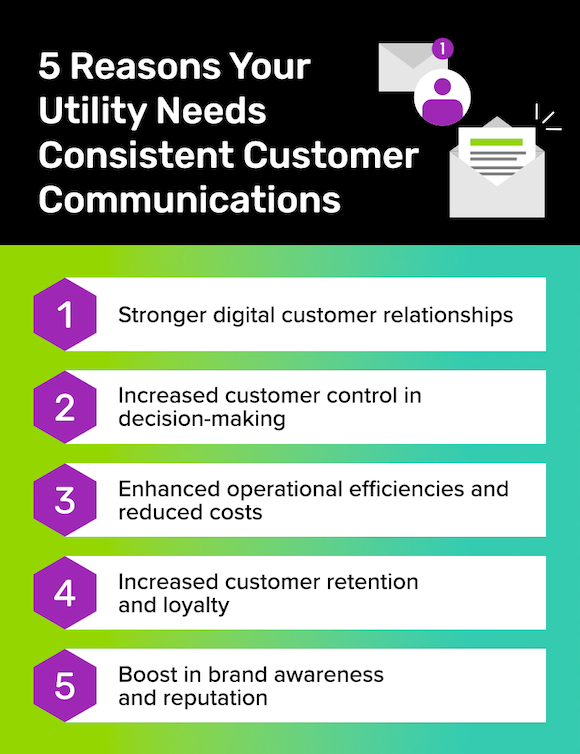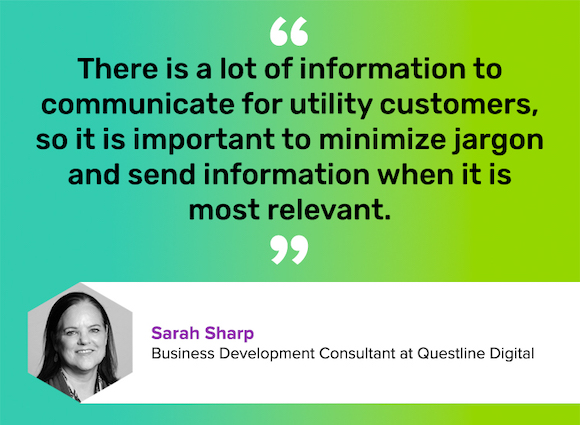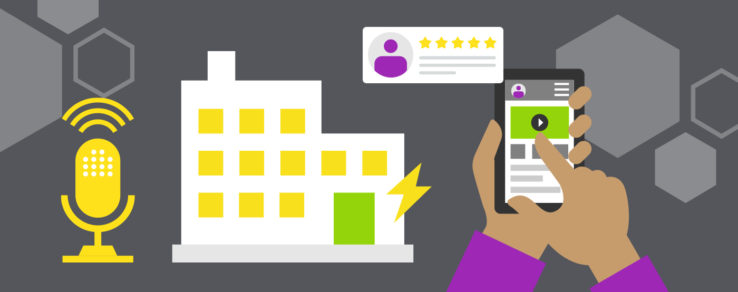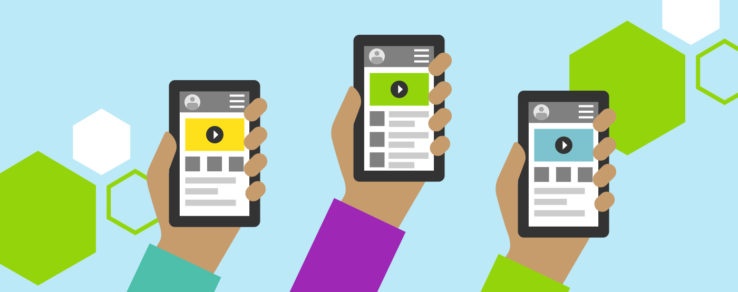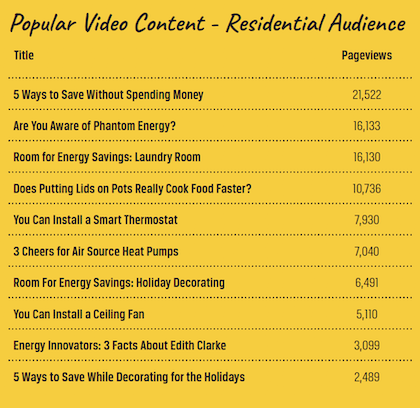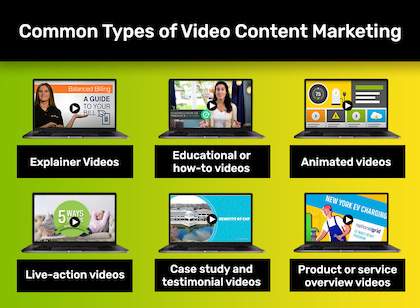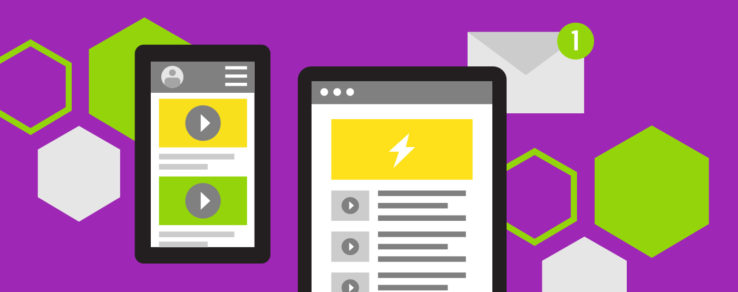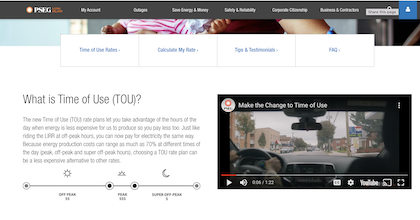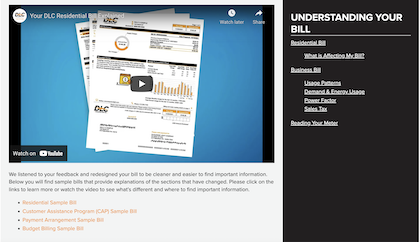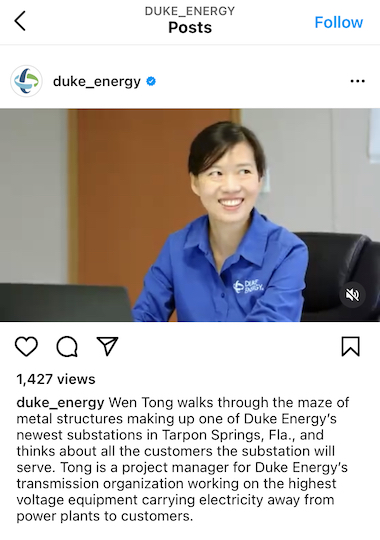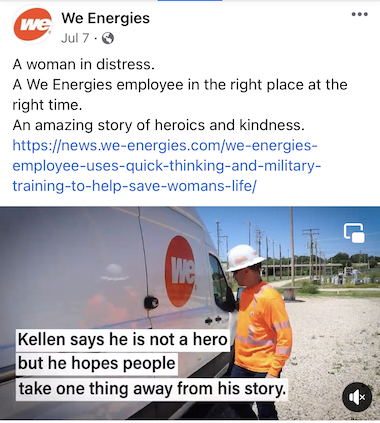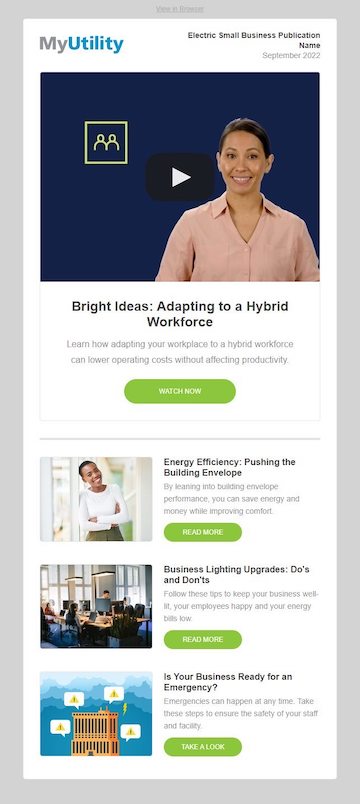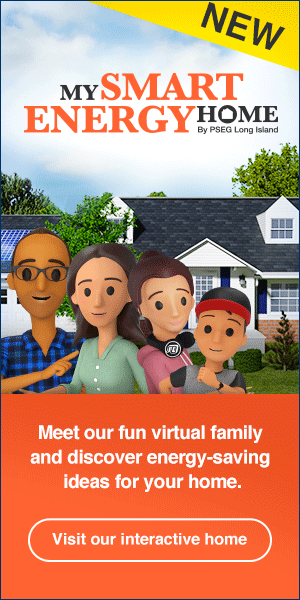Energy utilities are making strides to improve grid resilience, increase renewable energy sources and give customers more rate plan options than ever before. As a result, utility time-of-use promotions are ramping up across the country.
According to Smart Energy Consumer Collaborative (SECC) research, only 28% of customers are aware they have rate plan options and less than 50% of customers know what kind of rate plan they have. Promoting time-of-use rates (TOU) requires a strategic approach to help customers understand the “how,” “what” and “why” of alternative rate plans. Yet, the message is often not getting through to customers.
This leads to an important question: Why aren’t your TOU promotions working? The reality is that it’s not easy to encourage customers to switch to a new rate plan. It requires a solid foundation of information and education before you can even launch the adoption campaign to get customers to convert. Here are four reasons why your utility time-of-use promotions might not be successful — and how you can improve them.
4 Reasons Your Utility Time-of-Use Promotions Might Not Be Successful
- You aren’t equipping customers with TOU education
- You aren’t segmenting your TOU promotions
- You aren’t focusing on the right TOU benefits
- You aren’t helping customers maximize savings on TOU
Reason #1: You aren’t equipping customers with TOU education
First and foremost, customers are looking for trustworthy and transparent information on alternative rate plans. Residential time-of-use rates are a brand-new concept for most customers, and they are looking for a trusted energy advisor to help them understand their options. That’s why utilities need to create a variety of TOU educational resources and make them easily accessible to customers.
“That’s the one thing we always see in our research — their utility is the first place a customer goes to find energy-related information,” says Nathan Shannon, President and CEO of SECC. “Utilities need to make their websites more intuitive and consumer-friendly so customers can easily find TOU information. Once customers know they have rate plan options, 70% said they would be interested in signing up for one of them.”
SECC recommends creating an array of TOU educational materials for customers, including videos, fact sheets, articles, infographics, email campaigns, direct mail and social media posts. Utilities are more likely to reach younger generations through videos and social media, while older customers may be more reachable through direct mail and articles.
“There is always a move toward more digital communications, whether video, infographics or social media,” Shannon says. “But the reality is customers are still opening their mail and looking at their bill inserts, even millennials. That’s why it’s essential to have a multichannel approach in utility time-of-use promotions.”
Reason #2: You aren’t segmenting your TOU promotions
To connect with customers, utility time-of-use promotions must be relevant to their needs, and interests. Instead of sending one marketing email to a mass audience, segmentation is a must in today’s world of hyper-personalization, allowing you to address the preferences of different groups of customers. Think of any streaming service, ecommerce website or mobile app — they are designed to be as personalized and relevant to the individual as possible.
Utilities need to take advantage of the customer data available to them, notably smart meter data. With this information, TOU promotions can be segmented by groups of customers, like homeowners, renters, EV owners, customers with high energy usage, and more. You can even segment based on how engaged a customer is with utility programs and services. Those with greater engagement are more likely to try new services, like TOU rate plans.
“With smart meter data, you can tell if a customer owns an electric vehicle based on if they consistently have peak demand at night while they are charging,” Shannon says. “With this knowledge, you can send information on TOU rates and EV charger rebates. Utilities must use the data they do have to customize promotions to specific groups of customers.”
For its TOU promotions, Fayetteville Public Works Commission utilized targeted messaging to reach customers who were EV owners or potential adopters. The utility took advantage of analytics to identify residential customers who showed a propensity for EV adoption. Fayetteville PWC also reached out to EV clubs and car dealerships in its service territory.
“Try to keep it as simple as possible,” explains Lamont Hinson, Community Relations Associate at Fayetteville PWC, in a Questline Digital webinar. “We try to break down those ‘journalistic W’s’ so explaining what’s happening, why it’s happening, when it’s happening, and how the customer could potentially benefit from it.”
Reason #3: You aren’t focusing on the right TOU benefits
TOU marketing messages should focus on the benefits that resonate most with customer values. SECC found that most customers care first and foremost about energy costs.
According to SECC’s survey “Alleviating Americans’ Energy Burdens,” a quarter of all Americans — and 34% of those earning under $50,000 per year — report having struggled to pay their electric bills over the past 12 months.
To encourage participation, utility time-of-use promotions should illustrate the potential savings offered by an alternative rate plan. Customers are very literal and want to know exactly how much they could save if they make the switch.
“We’ve seen throughout our consumer research that consumers highly value personalized, concrete benefits that they will receive, and tools like bill calculators with the customer’s energy usage data included can help with this,” Shannon says. “Further, utilities can help mitigate high bills through bill protection for the first six months or year.”
Saving money isn’t the only thing that matters to customers. Being in control of their energy usage is extremely important, especially with the rise of smart meters and smart home technology. With the ability to control when they use large amounts of energy, a TOU rate plan means customers are also in control of how much they can save.
“Control, cost and comfort are the three words that resonate very well with customers,” Shannon says. “Saving money and being a good steward of energy is important, but there are times when customers want to have that control to be comfortable in their home.”
Many consumers also want to know about the environmental benefits of participating in a new rate plan or utility program. According to Shannon, “clean energy” and “renewable energy” are terms that resonate well with most customers in utility time-of-use promotions.
“Our Simply Sustainable and Green Pioneers customer segments are highly motivated by environmental benefits and would be encouraged to enroll in a TOU plan if these are made clear,” he explains.
Reason #4: You aren’t helping customers maximize savings on TOU
Getting a customer to switch to an alternative rate plan isn’t the end of your TOU campaign — it’s just the beginning. To ensure success, utilities need to communicate with customers to make sure they understand their new rate plan and that they are making the most of it.
For example, utility time-of-use promotions should educate customers on common high energy-consuming appliances to avoid during peak demand times. A large Northeast energy utility provides a helpful infographic in TOU marketing emails highlighting home appliances that consume the most energy. This gives customers a visual reminder of what appliances to pay attention to when making energy usage choices.
You should also provide advice to help customers change their energy behaviors, like doing a load of laundry with your morning coffee or running the dishwasher before you go to bed. These simple tips can make a tremendous difference for customers who need to make small swaps in their daily routine.
Educate and Build Trust with Utility Time-of-Use Promotions
Marketing time-of-use rates can be a challenge for energy utilities, requiring ongoing communications with customers. However, improving utility time-of-use promotions is possible with the right strategy. By serving as a trusted energy advisor, utilities can help customers reduce energy usage — and save money — on TOU plans. By sharing helpful educational resources, segmented messages and detailed savings information, utilities can go a long way to encourage TOU participation.
“In general, I would say keep it simple for most consumers,” Shannon says. “Customers are really interested more in the concrete benefits to them and their communities, and since this is a new area for many people, communications should focus on what actions customers need to take and what benefits they’ll receive.”
